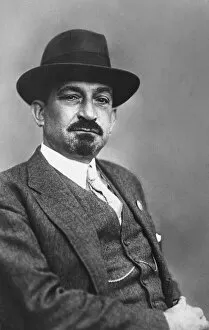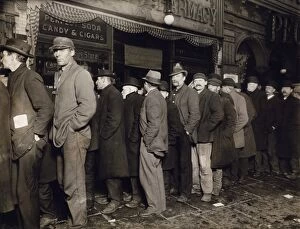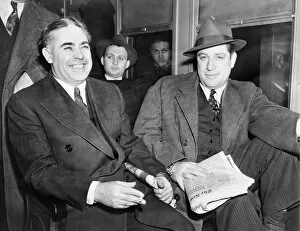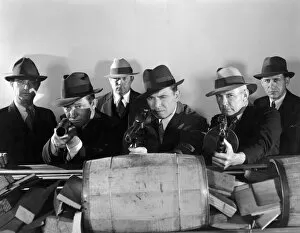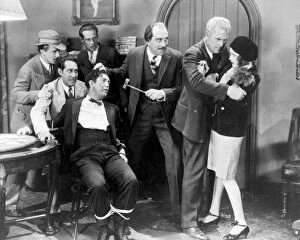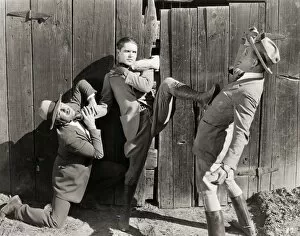Fedora Collection (#6)
"Fedora: A Timeless Symbol of Style and Mystery" The fedora, a classic hat that has transcended time, carries with it an air of sophistication and intrigue
For sale as Licensed Images
Choose your image, Select your licence and Download the media
"Fedora: A Timeless Symbol of Style and Mystery" The fedora, a classic hat that has transcended time, carries with it an air of sophistication and intrigue. From the silver screen to historical figures, this iconic headpiece has left its mark on various realms. One notable wearer was Jeremy Brett, the English actor who portrayed Sherlock Holmes in "The Hound of the Baskervilles" in 1988. With his fedora perched atop his head, Brett embodied the detective's sharp intellect and enigmatic charm. During World War II, a vintage poster featuring both a fedora and an Army helmet served as a reminder of resilience and bravery. It symbolized how even amidst conflict, style could prevail. Bugsy Siegel, an American mobster from the early 20th century, donned a fedora in his mug shot photograph from 1928. This choice showcased not only his criminal persona but also highlighted how this hat became synonymous with power and authority during that era. In Victorien Sardou's play "Fedora, " Mademoiselle Lina Munte wore this fashionable accessory as she brought her character to life on stage. The hat became intertwined with her portrayal—a testament to its ability to enhance any performance or outfit. A tweed coat paired with a fedora was all the rage in 1928 fashion trends. This combination exuded elegance while providing warmth during colder seasons—an embodiment of practicality meets style. Even infamous criminals Bonnie Parker and Clyde Barrow were captivated by the allure of the fedora. In their playful photograph from 1933, Bonnie pretended to hold up Clyde while sporting this timeless accessory—showcasing how it effortlessly added charisma even in unconventional situations. Max Weber, renowned German political economist and sociologist photographed in 1917 at Lauenstein Germany sported a distinguished look complete with his trusty fedora—a symbol of intellect and authority.




